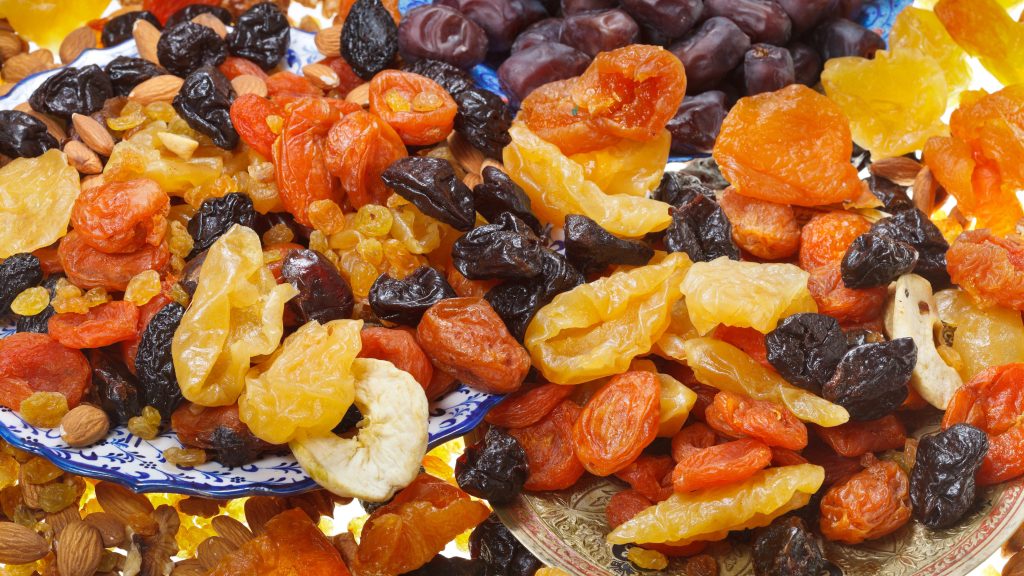Contents
Shipping Dried Fruits from Hanoi to Shanghai
The transportation of dried fruits from Hanoi to Shanghai is a crucial aspect of international trade. Let’s delve into this process in more detail.
- Growing Demand:
- Dried fruits have gained popularity in Shanghai due to their delicious taste and health benefits, leading to a surge in demand.
- Transportation Choices:
- When it comes to getting dried fruits to Shanghai, sea and air routes are the preferred options, with sea freight being a cost-effective solution for larger quantities.
- Hanoi’s Strategic Advantage:
- Hanoi, with its well-connected transport hubs and access to major ports, serves as an ideal starting point for exporting dried fruits.
- Ensuring Quality:
- Maintaining the quality of dried fruits during transportation is paramount. Proper packaging, temperature control, and humidity management are essential to safeguard product integrity.
- Regulatory Compliance:
- To smoothly navigate import regulations in Shanghai, it is vital to possess in-depth knowledge of customs clearance and ensure that documentation is accurate and complete.
- Sustainability Focus:
- Embracing eco-friendly shipping methods aligns with the industry’s focus on sustainability, contributing to reduced environmental impact.
Conclusion: Efficiently transporting dried fruits from Hanoi to Shanghai is essential to meet the surging demand for these healthy and delightful snacks. Quality assurance, regulatory compliance, and sustainable practices are key to a successful dried fruit transportation process.
Meeting the Growing Demand for Dried Fruits in Shanghai
Shanghai, one of China’s largest and most dynamic cities, is experiencing a significant surge in the demand for dried fruits. In this article, we will discuss the increasing appetite for dried fruits in Shanghai and the logistical aspects of meeting this growing demand through transportation from Hanoi.
- Rising Health-Conscious Population:
- As Shanghai’s population becomes increasingly health-conscious, there is a growing preference for nutritious and wholesome snacks like dried fruits.
- Expanding Culinary Use:
- Dried fruits are not only popular as snacks but are also finding their way into various culinary dishes and desserts, further fueling demand.
- Traditional Chinese Festivals:
- Dried fruits are a common gift during traditional Chinese festivals, such as the Lunar New Year, contributing to seasonal spikes in demand.
- Transporting Dried Fruits:
- To meet the escalating demand, it is crucial to establish efficient logistics and transportation systems, ensuring a consistent supply of high-quality dried fruits from Hanoi to Shanghai.
- Diverse Product Range:
- Dried fruits come in various flavors and types, including mangoes, apricots, and dates, catering to the diverse preferences of Shanghai’s consumers.
- Quality Assurance:
- To meet the rising expectations for quality, maintaining the condition of dried fruits during transportation is essential. Proper packaging, temperature control, and humidity management are key factors.
- Regulatory Compliance:
- Adhering to import regulations in China, especially in Shanghai, is of utmost importance. Expertise in customs clearance and accurate documentation is necessary for successful entry into the market.
- Sustainable Transportation:
- The preference for eco-friendly and sustainable transportation methods aligns with Shanghai’s growing environmental consciousness.
Conclusion: The increasing appetite for dried fruits in Shanghai reflects a broader trend towards healthier snacking and culinary versatility. As demand continues to rise, it is crucial to maintain efficient transportation and a consistent supply of high-quality dried fruits to meet the expectations of Shanghai’s discerning consumers.
Indochina Post’s Packaging Workflow:
- Receiving Merchandise:
- Our process initiates with the receipt of merchandise from either the source or customers.
- Inspection and Labeling:
- A meticulous examination is conducted to ensure the pristine condition of the goods. Subsequently, they are tagged with vital information, encompassing the item type, weight, and intended destination.
- Tailored Packaging Selection:
- Indochina Post meticulously selects the most appropriate packaging, be it carton boxes, wooden crates, or waterproof bags, based on the nature of the goods and their ultimate destination.
- Professional Packaging:
- Our adept team proficiently wraps the goods, deploying protective materials to guarantee their security during transit.
- Comprehensive Labeling:
- Each package is affixed with transportation particulars and crucial instructions, ensuring clarity throughout the shipment process.
- Final Inspection:
- A conclusive inspection is conducted post-packaging to validate the safety of goods and adherence to technical specifications.
- Preparing for Shipment:
- Once items are competently packaged and labeled, they are primed for secure and efficient transport to their designated endpoint.
- Comprehensive Documentation:
- Extensive records regarding packaging and the shipment process are meticulously maintained for monitoring and tracking objectives.


